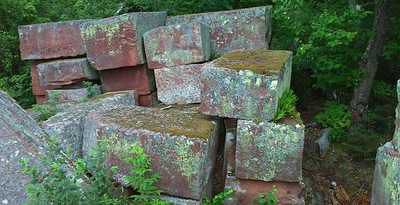Boing Boing, the popular website, has provided a great look at the history of the Apostle Islands on Lake Superior.
Few other locations, once “spoiled” by human intervention, carry such a reputation as now being unspoiled by human intervention.
It’s a fine line, and not one that the Park Service was really set up to walk. In a 2003 article in Orion magazine, William Cronon explained that the 1964 Wilderness Act and National Park Service policy separates “nature” and “culture” as two very distinct things. Where there is culture, you can’t have true nature. This attitude means that, in lots of places, the Park Service has actually torn down historic buildings and removed traces of past human habitation in order to make National Parks more “natural.” Cedar Bark Cottage was long gone by the time the Apostle Islands became a National Lakeshore in 1970, but the Park Service there tore down many other buildings, like cabins and fishing camps, as part of turning the Islands into a Park.
Today, though, those old attitudes are starting to change. Places like Hermit Island, and the people who care about both the natural and human history there, are forcing the National Park Service to think differently about what it preserves and how it presents the re-wilded wilderness to visitors. The trouble is, nobody is really sure of the best way to do that just yet.

